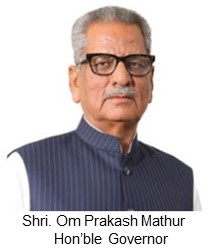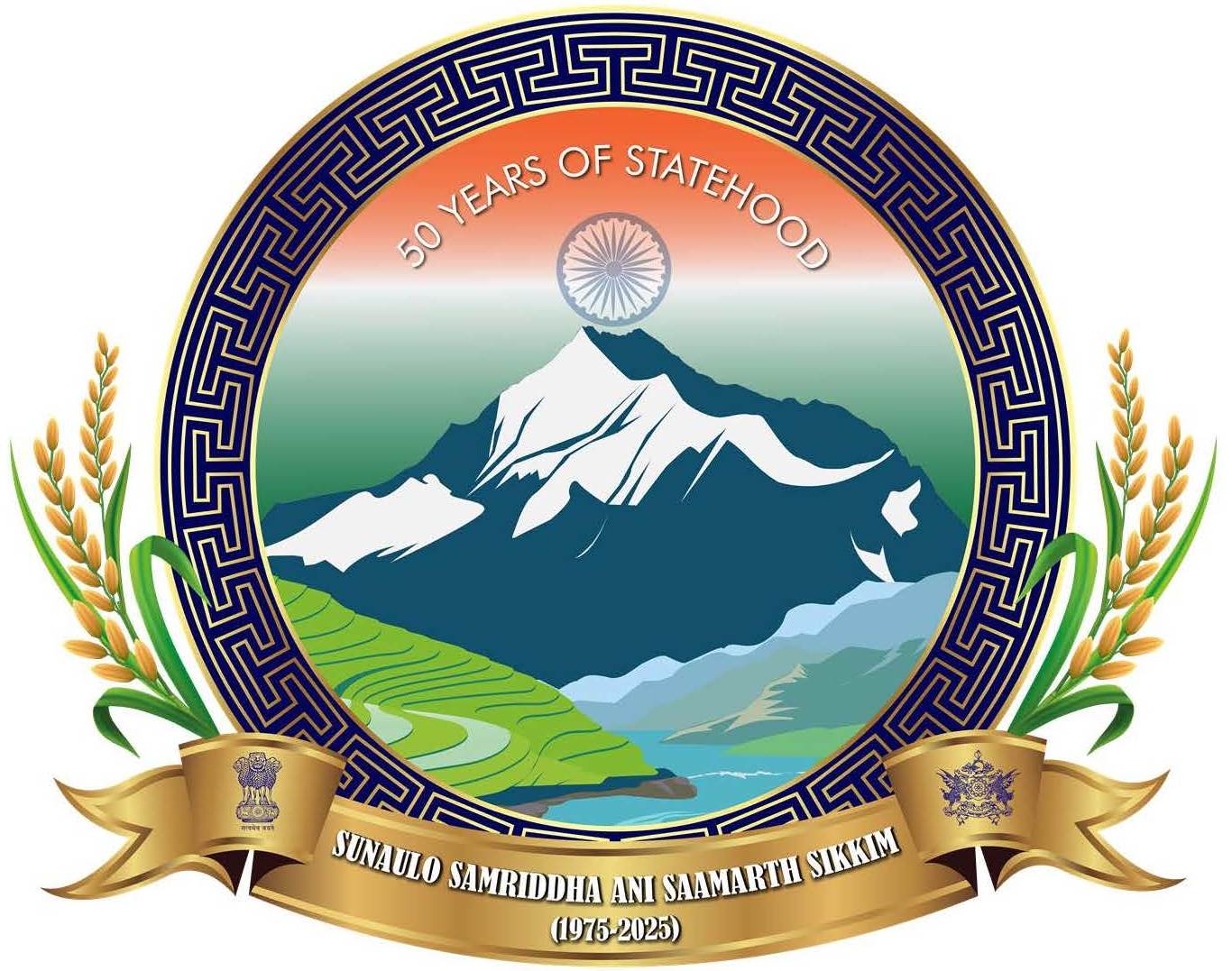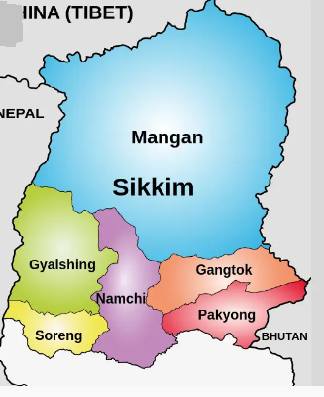Sikkim is sheer magic. This is not just the most beautiful place in the world but cleanest and safest too. If once the charms of the State were limited to mists, mountains and colorful butterflies, they are now complimented by tangible development and progress. With its unique culture and natural landscape, Sikkim is a picture of perfection and pristine purity. Nestled in the Himalayas and endowed with exceptional natural resources, Sikkim is a hotspot of biodiversity and development. Though small in size, yet Sikkim has been identified world over as an important repository of germ plasmas of unknown dimensions. Perhaps, there is no part of the world, which offers a spectacular scene with every turn of the road as Sikkim. Though land-locked, Sikkim is one of the most beautiful and strategically important states of the Indian Union.

Bounded by foreign nations on three sides, it shares its boundary with the sister state of West Bengal. Surrounded on three sides by precipitous mountain walls, Sikkim appears as a small rectangular Gem. Sikkim is like a stupendous stairway leading from the western border of the Tibetan plateau down to the plains of West Bengal, with a fall of about 5,215 metres in 240 kms. Sikkim, in the west is bound by the north-south spur of the Great Himalayan Range which includes the world's third highest peak, Khangchendzonga and down to its south is Singalila ridge. In the north it is bound by Dongkia range and also partly includes the Tibetan Plateau. In the east it is bound by the Chola range. The average steepness is about 45 degree. Sikkim is the main catchment area for the beautiful river Teesta, which has its main source from Chho Lhamo lake in the north and is further strengthened by many streams and rivers of which Tholung, Lachung, Great Rangeet and Rangpo are important drainers. It also has about 180 perennial lakes, among which Khachoedpalri, Gurudongmar, Chho Lhamo and Men Moi Tso are some of the most scenic.
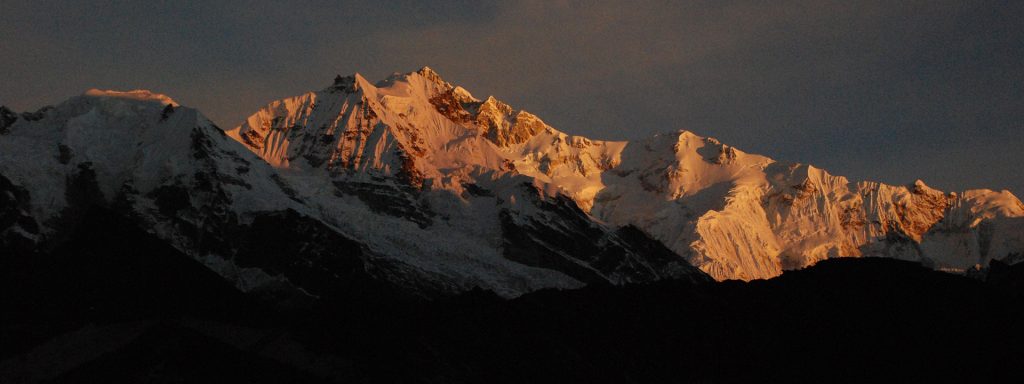
The divine status of the mountain, sanctified by legend, has been made enduring by the widespread worship of Khangchendzonga by all the people of Sikkim - Lepchas, Bhutias and Nepalese alike. The God is depicted as being red of colour, armed and mounted on a white snow lion; offerings are made to this majestic presence, ceremonies are held in his name and dances consecrated to him. Pang Lhabsol is one of the famous festivals of Sikkim which is a thanks giving celebration in honour of Sikkim's presiding deity, Khangchendzonga. Dancers portray the guardian deity, its supreme commander Yabdu and the God Mahakala. It is a warrior dance and the dancers are chosen for their physical strength, quick reflexes and skill swordsmanship.
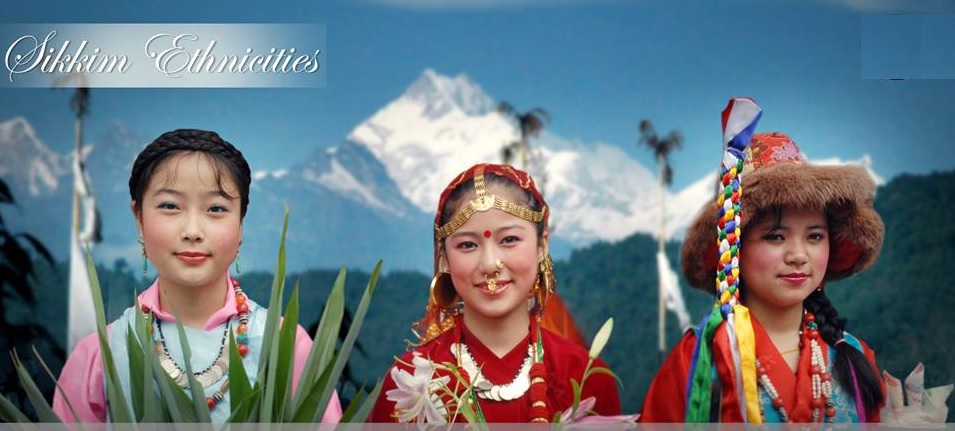
Now a word about the origin of the term Sikkim itself. The various ethnic groups have their own nomenclature. As far as the Lepcha and the Bhutia names are concerned, Waddel has it that, " the Lepchas call it Nelyang or 'The place of caves'. Lepchas also call it Myel Lyang, which means "the land of hidden paradise or the delightful region or abode". While the Bhutias call it Beyul Demazong or "the hidden valley of rice." Another version says that Tensung Namgyal married three wives, a Tibetan, a Bhutanese and a Limbu girl. The Limbu girl, daughter of Limbu Chief Yo- Yo- Hang, brought seven maidens with her. These maidens were married into leading families of Sikkim. These Limbu maidens who had come to Sikkim for the marries' called the place 'Sukhim' or "bride's new house", comfortable home. The Nepalis who came to Sikkim could not relate to Limbu pronouncement and thus corrupted the name to Sukkhim which underwent further distortion under the British.


